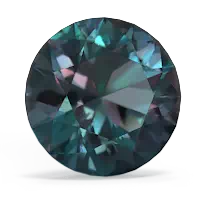

Inspired by the creations of the earth, these Lab Emerald pendants make a unique statement. The birthstone of May, an emerald ring symbolizes the eternally returning spring. The velvety green color of emerald is a perfect match for spring and summer fashions. The birthstone of June, Alexandrite is an amazing and mysterious stone. A created alexandrite ring is a unique and entertaining attention getter.


